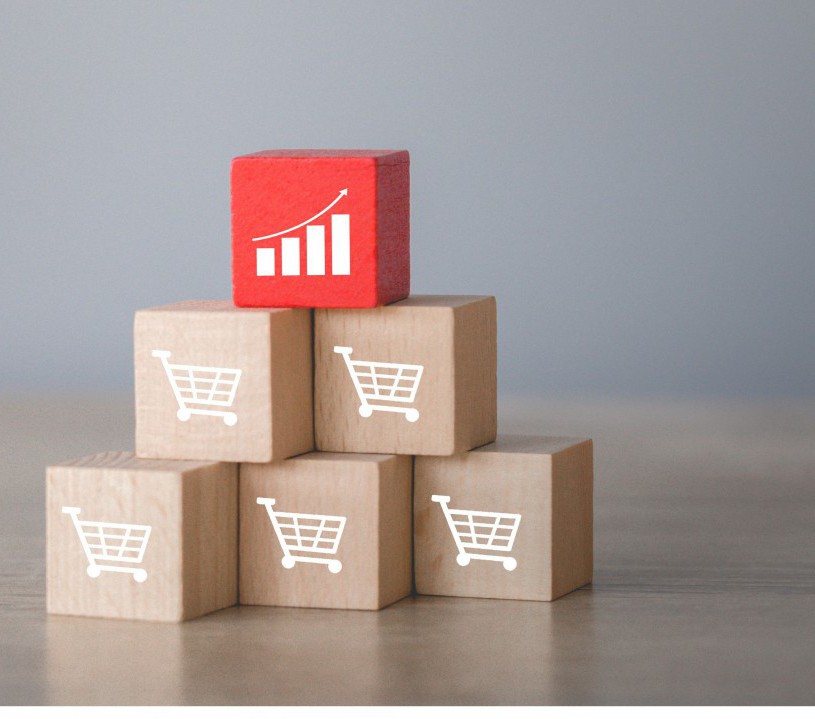It’s often said that upselling or cross-selling is vital for B2B business success… but is that really true? While upselling can be a beneficial sales strategy for some B2B vendors, it’s important to understand that this profit-boosting technique has both advantages and disadvantages. So before asking your clients the famous question — do they want fries with that? — think about whether upselling is right for you.
The pros and cons of upselling
Upselling can have many benefits, not only for B2B sellers but for B2B buyers, too. For the buyer, there’s an overwhelming sense of ease; it’s convenient to purchase multiple products from an all-in-one solution, and this convenience goes a long way towards maintaining high levels of customer satisfaction. And for sellers, the increased customer reliance works to minimise churn rate while simultaneously boosting profits, improving return on investment, and promoting the long-term value of association.
But there’s a downside. Firstly, we must consider that upselling could go either way; it could show buyers that you’re working to pre-empt their needs and find solutions to problems before they realise that they have those problems. However it could also suggest to buyers that financial reward is more appealing than building a solid partnership based on trust and transparency. The Harvard Business Review also found that around 1 in every 5 upsell customers are ultimately unprofitable, with the additional marketing and sales input required exceeding the revenue realised. There really is a very fine line in the upselling world.
How to upsell successfully
Despite the potential negatives, many small businesses do feel that upselling is the right method for them. These businesses are advised to follow a few simple rules to ensure upselling is a success:
1. Put the customer first
Ask yourself — would the buyer (and the buyer’s customer) genuinely benefit from the additional product? It’s well worth taking the time to understand what your buyers need, and what they understand to be the meaning of the term ‘success’. By understanding your client’s priorities, you’re not only in a position to upsell to the right clients, but to upsell the right products and services, too.
2. Focus on ideas, not upgrades
One of the main problems of upselling is that it’s exciting. With the potential for increased profits, it’s easy to forget one of the most essential aspects of selling: it’s not about the product, it’s about what value the product can bring to the customer. It’s essential to take the same approach to upselling as you take to selling — looking at the problem/solution idea, rather than simply trying to hard sell the upgrade.
3. Back it up
There are times when a buyer may be unsure about the value of an upsell product, or about why you’re trying to upsell a particular product or service to them. It is always beneficial to be able to back up and support your efforts with demonstrable evidence. Perhaps recent trends and behaviours of your client’s competitors are behind the decision, or perhaps you’re able to provide social proof. If you have it, use it.
Is upselling right for you?
If you’re unsure if upselling is the right method for you, why not start out by running an experiment. If you have a mobile app for your B2B sales reps you can use the app to track your buyer behaviour. Run a campaign to promote a certain item as an upsell or cross-sell. Then track which of your reps were able to close the upsell and which customers placed orders for the upsell item.











